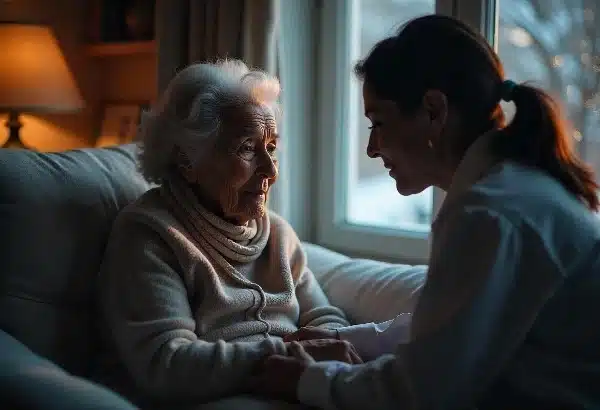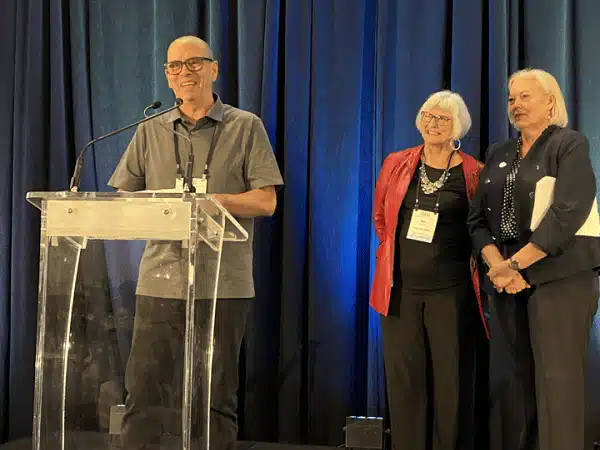With our aging demographics, it is vital that we prepare a health care system to provide the care that will be needed. Ontario politicians suggest that Ontario is the best place to live and the best place to grow old. Dr Samir Sinha presented the Ontario Seniors Strategy at the Hospice Palliative Care Ontario conference last week. Read the report: Living Longer – Living Well”, or see key points and highlights.
A few interesting facts and programs Dr Sinha discussed in his presentation:
- 70-90% of people want to die at home.
- 23% of Ontario seniors are “socially frail”, meaning that they do not have someone they can rely on and call for help.(This is HUGE!)
- In Canada, it costs a $1,000 per day to have someone in hospital, $130 to have someone in Long Term Care, $55 to have someone in their home. (Interesting that Denmark is leads in providing the best IN HOME care!)
- We need more PSWs so people can stay at home. (Last week Ontario Minister of Health announced an increase in pay for PSWs working in the home settings.)
- Interesting program, Red Cross developed a program to “Grow your own” PSWs, and educated 40 new PSWs in two northern communities.(Way to go!)
- Palliative and Therapeutic Harmonization (PATH) “is a process that helps older people and their families understand their health status and guides them through the process of making health care decisions that protect their best interests and quality of life.” This process illustrates how adequate information sharing helps people better understand their situation,and supporting informed decisions can help people make decisions that better meet their goals. In one study,93% changed their minds and did not have further acute intervention.(How much suffering could be prevented!)
- Although seniors account for the highest users in health care, it is the 10% of most complex older adults who use acute care the most. (Many seniors do NOT use acute care.)
Dr Sinha asks, “Is it the cost of caring or the cost of not having a good integrated system that accounts for the high cost of providing this care?”
Dr Sinha provides 13 recommendations including
- Promote health and wellness
- Strengthen primary care
- enhance home and community care
- improve acute care
- enhance long term care environment
- care for the caregivers
- address ageism and elder abuse
- address unique needs of aboriginal elders
- support the development of elder friendly communities…
Although palliative care is addressed within these recommendations, I would have liked to have seen a recommendation that targets the need for integrating a palliative approach early in disease process, for people with any life limiting illness, across all settings.









